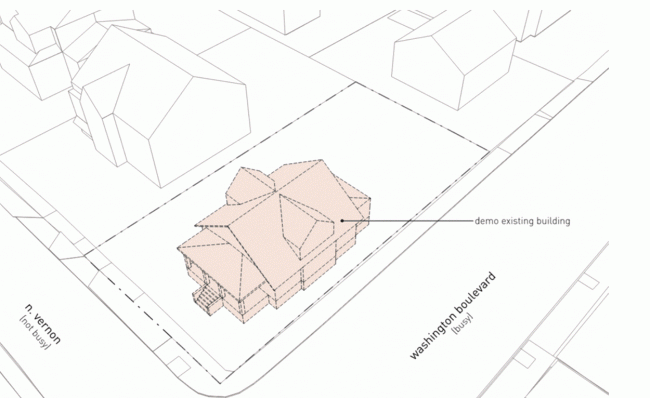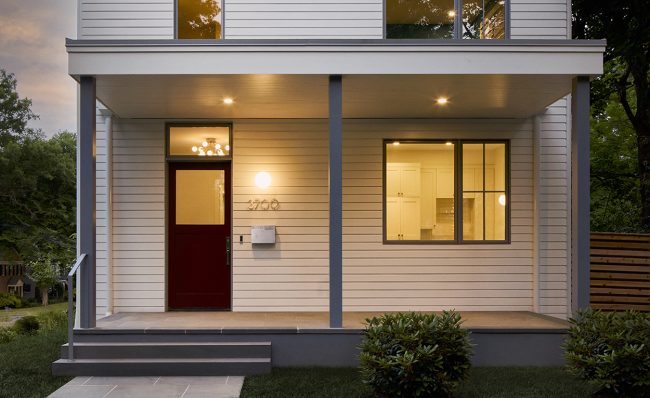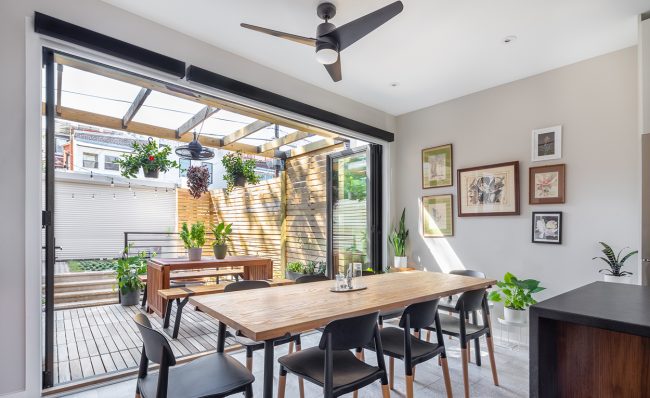Universal Design for Aging-in-Place, Before the Need Arises
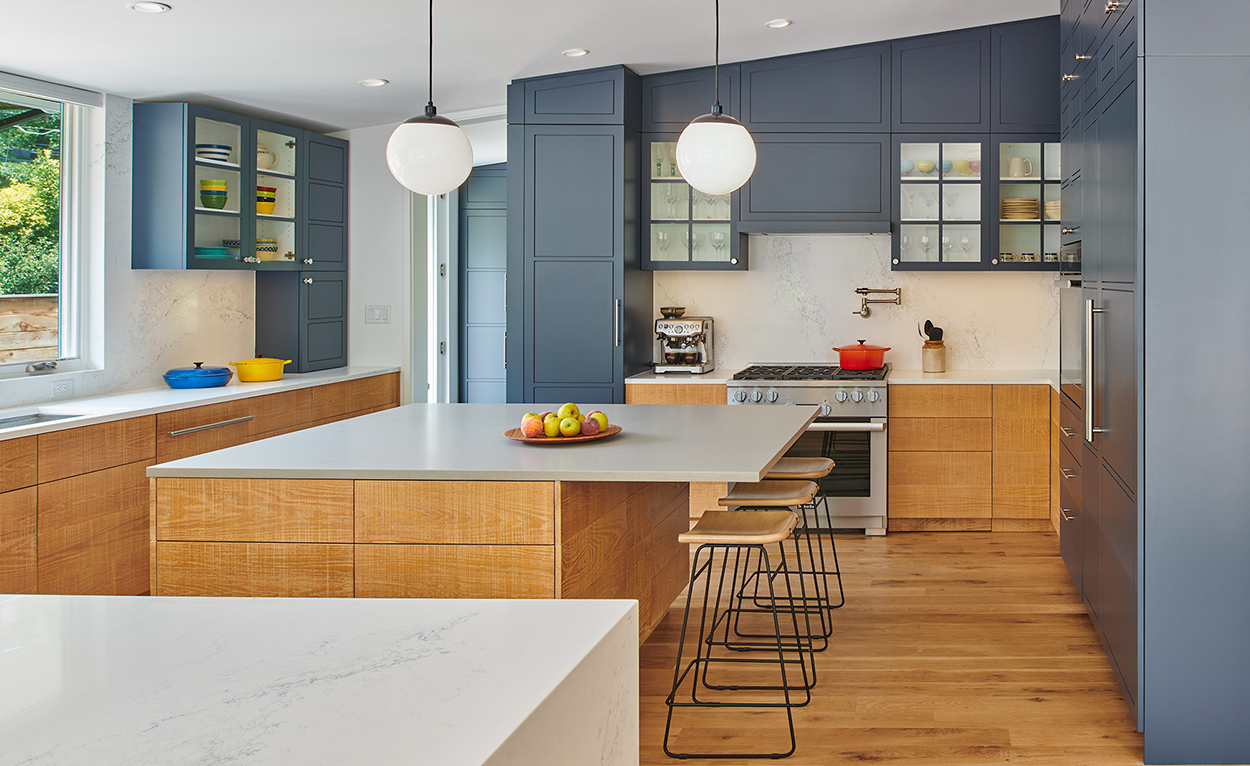
It’s an undeniable fact of life: We’re all getting older. So planning ahead for the inevitable is wise during any new construction or renovation. And it won’t break the bank, either. Admittedly, discussing issues of age and accessibility isn’t always comfortable. Yet, frank conversations early in the design process are key. Incorporating Universal Design for aging-in-place and anticipatory components will ensure that your home supports you and your loved ones, whatever the future may bring.
Aging in Place Doesn’t Equate to Geriatric
If the term “aging-in-place” conjures images of unsightly, institutional spaces, think again. Many universal design strategies can be embedded in new-build or renovation plans, without compromising the design (or impacting the budget). In fact, as you’ll see below, some have become hallmarks of modern, high-end design.
Aging may be inevitable, but our future health is somewhat less predictable. Issues can arise quickly, at any stage. Having supportive features already in place – or at least laying the groundwork for them – can make challenging transitions as seamless as possible. And allow you to focus on caring for yourself or a relative.
Universal Design Elements to Consider
A bit broader in scope than aging in place, universal design addresses a household’s current and future needs. The goal is for all generations to comfortably coexist. While needs can vary from family to family, the basic components of universal design for aging-in-place serve us all well. For clients building anew or embarking on a major makeover, these are a few of our top accessibility recommendations:
- Place the primary and/or a guest suite on the ground floor, as we did in a recent new-build in North Chevy Chase. One-level living is a growing trend and considered more of a luxury than an accommodation. It not only enhances the livability of a home, but also increases its resale value.
- Expand clearances in the hallways, bathrooms and kitchen to improve circulation and ease of movement.
- Widen doorways to comfortably accommodate a wheelchair or walker, and select lever handles, which don’t require grip strength, instead of door knobs.
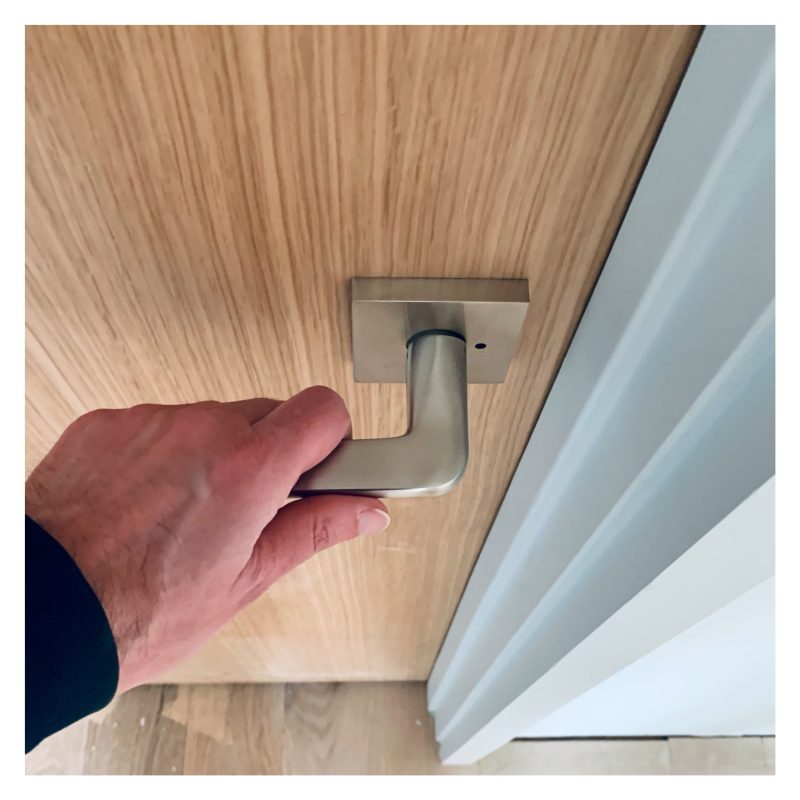
Lever Handles for Universal Design
- Install flush flooring, with level transitions between rooms and flooring materials. This practical-yet-stylish approach lends a clean, modern look.
- Opt for a zero-threshold shower that’s easy to enter and exit, for users of all ages. The good news: curbless showers project a luxurious, spa-like vibe. While retrofitting requires some structural maneuvering, it can be accomplished beautifully – as a Chevy Chase bathroom we recently revamped demonstrates.
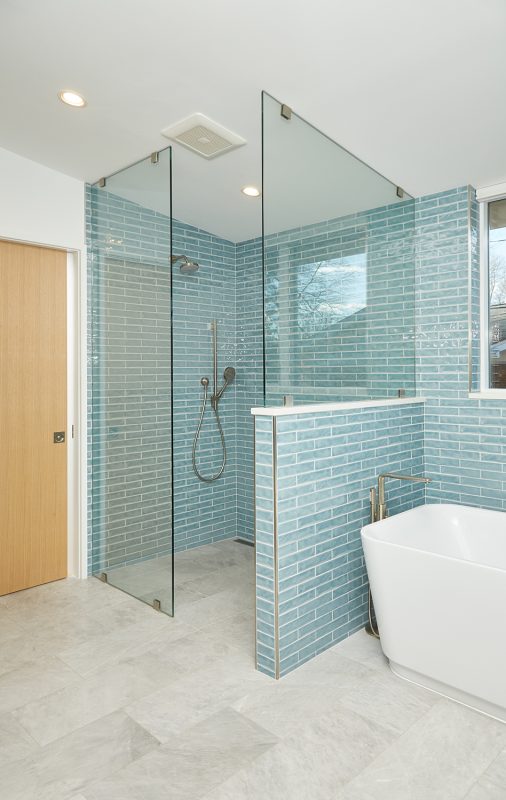
Curbless Shower for Universal Design
For more information on the accessibility and aesthetic updates we orchestrated at that mid-century home, check out this Washingtonian article.
Laying the Groundwork for Future Needs
Sometimes it makes sense to plan for aging in place now – but wait until the need arises to execute the measures. An elevator, for example, can be a game-changer for those with limited mobility or in a wheelchair. However, it carries a hefty price tag that may be hard to justify during a new build, if there’s no urgency. We often recommend framing out a closet for a future elevator. That way, when the time comes, installation will be much easier. Plus, the extra storage can be put to good use now. Adding wood blocking in the walls where grab bars might be installed later is a smart move during new construction or a bathroom remodel. The blocking ensures that future bars will be able to support the required weight. At our North Chevy Chase project, we added that hidden support in all the bathrooms and planned for a future elevator too. Anticipatory framing has negligible impact on the project budget. Read this TueNight feature to learn more about these and other forward-looking strategies. Building or renovating a house is a major investment. Incorporating aging-in-place measures in the design will help ensure that you – or perhaps its future owners – can live comfortably in the home for years to come. Stay tuned for a follow-up post, which will cover the sustainability and inclusivity benefits of universal design.

